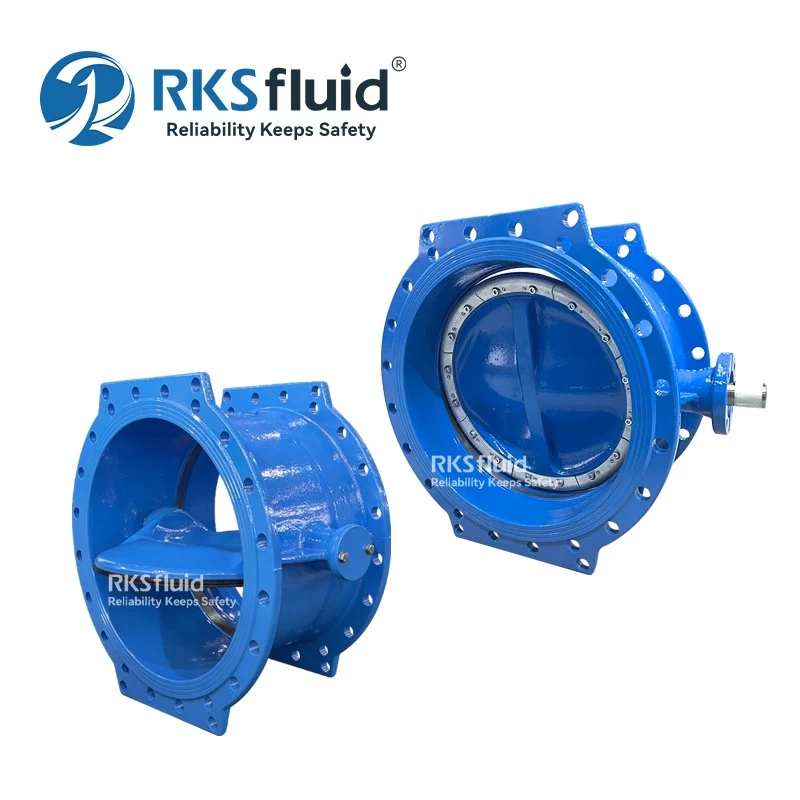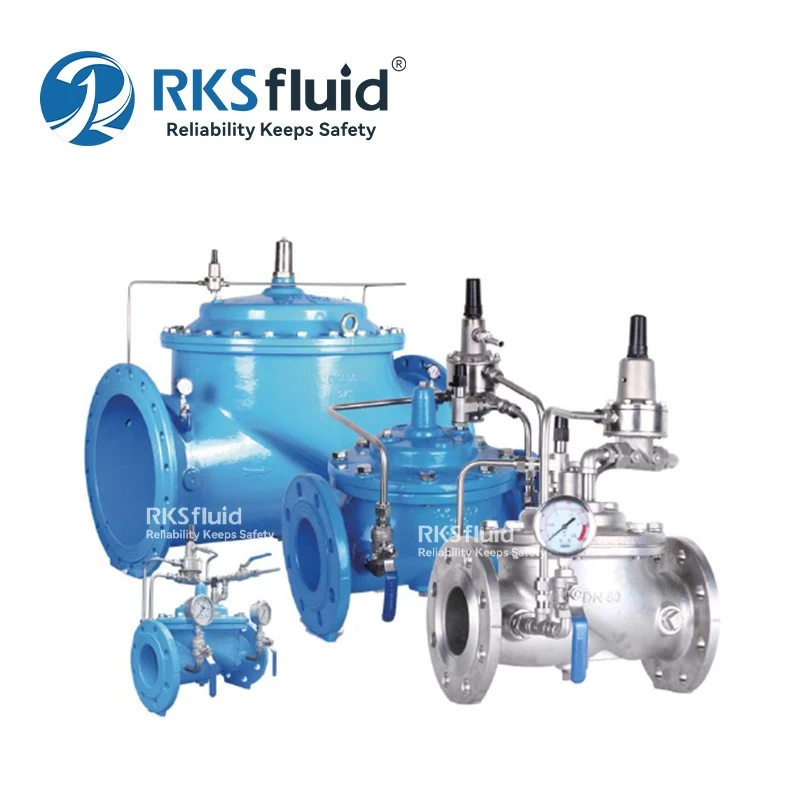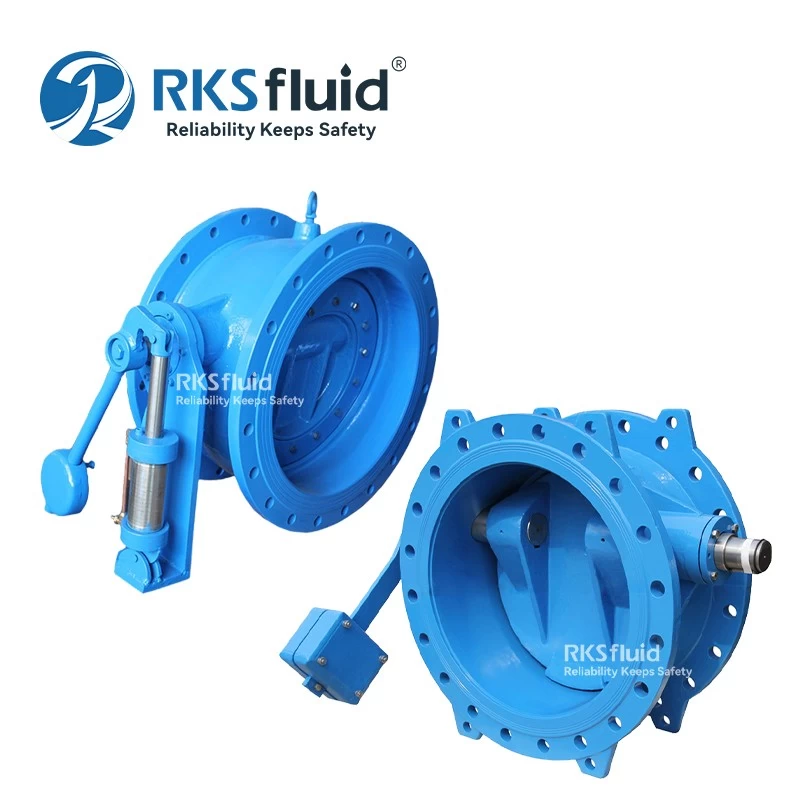- Main Product
- Contact Us
-
RKSfluid Flow Control Company
Web: www.rksfluid.com
Tel: +86 24 2318 0188
Fax: +86 24 2318 0788
Mail: info@rksfluid.com Contact Now
- Subscribe
-
Get email updates on new products
News
How to select premium butterfly valves (1) Material

Disassembled view of a lug-style butterfly valve detailing bolts from either side of mating flanges, threaded into lug insert in valve body. All graphics courtesy of RKSfluid Inc.
Ductile Iron, Stainless Steel body and disc butterfly valves can be used for a variety of applications. From basic on/off valves for swimming pools to throttle control valves for chemical processing, the butterfly valve is the workhorse valve of many industries. Regardless of the severity of the application, proper operation and maintenance play a critical role in the life of a valve once put into service.
When it comes to butterfly valve selection, these three elements need to be selected: material, body style and how the valve is operated.
Valve liner material selection can be influenced by temperature. EPDM, PDFE, NBR, VITON, SILICOM AND NR are six common liner materials. All have upper temperature limits equal, but butterfly valves with VITON liners can become inoperable below 23ºF due to the hardening of the rubber compound. This causes the large resilient seat of the valve to become hard, which makes it difficult to seat the valve to a closed position, or unseat it to open.











